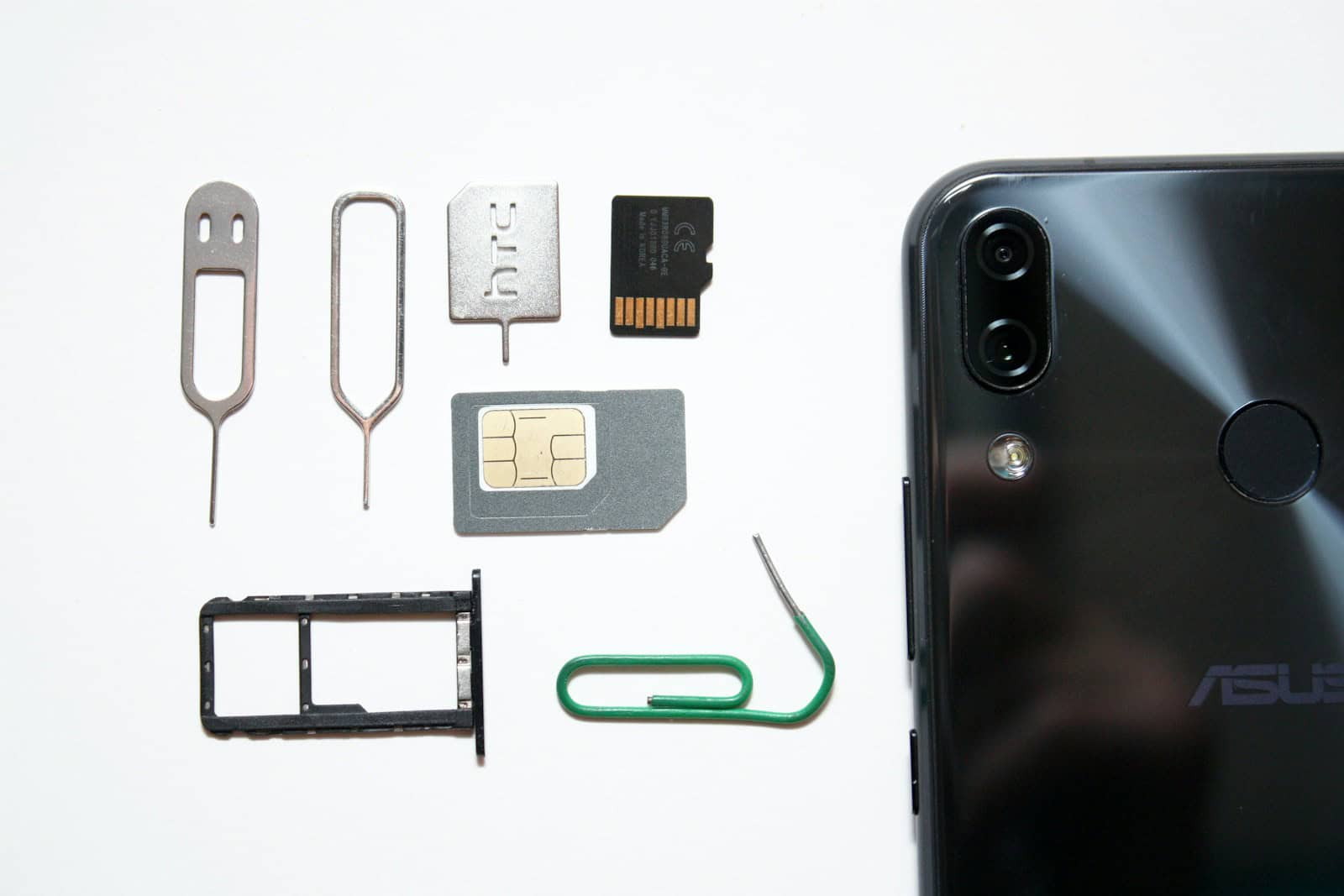When you want to use your SIM card in a different phone, it’s important to know what information is on it. A SIM card is a small card you put in your phone. It holds important data like your phone number and billing information. It might also have some data like contacts and text messages. But personal info like photos, apps, and emails are usually in your phone’s memory, not on the SIM card.
To move your SIM card, find the SIM tray on both phones, usually on the side or under the battery cover. Turn off both phones, then carefully move the SIM card from the old phone to the new one. If the new phone works with your SIM card, it will connect to the network and show your phone number. Remember, other data on your old phone stays there unless you move it another way.
What Happens When You Switch SIM Cards?
Your SIM card is a small but crucial part of your phone setup. It determines which carrier network you connect to and stores some important data. Here’s what happens when you swap your SIM card to a different phone.
What Gets Transferred With Your SIM Card
- Phone Number: Your phone number is linked to your SIM card, so it stays with you.
- Carrier Information: Your SIM card stores the settings to connect to your carrier’s network.
- Contacts (Sometimes): Some older phones and SIM cards may store a limited number of contacts.
- Some Text Messages: Depending on your phone, a few SMS messages might be stored on the SIM card.
What Doesn’t Transfer
The following will not transfer to the new phone when you change your SIM card:
- Photos
- Videos
- Apps
- Music
- Documents and Files
- Call Logs
- Most Text Message History
Important Notes
- Back up your data: Before switching phones, back up any important data to a cloud service or your computer.
- Compatibility: Make sure the new phone is unlocked or compatible with your current carrier.
- eSIM: Newer phones often support eSIMs (electronic SIM cards). If you have an eSIM, you might be able to transfer your account digitally instead of physically moving a SIM card.

Can I put my SIM card in another phone?
Yes, in most cases, you can put your SIM card into another phone. This allows you to continue making calls, sending texts, and using data while your primary phone is being repaired or replaced. However, there are a few factors to consider before doing so.
Compatibility
- Network Compatibility: The phone you’re transferring your SIM card to must be compatible with your current carrier’s network. Check if the phone is unlocked or locked to a specific carrier. If it’s locked, it needs to be on the same network as your SIM card.
- SIM Card Size: Ensure the new phone’s SIM card slot matches the size of your SIM card (standard, micro, or nano). If it doesn’t, you may need an adapter or a SIM card replacement from your carrier.
Potential Issues
- Data Loss: Transferring your SIM card won’t transfer all your data, such as contacts, photos, or apps. Make sure to back up your data before your phone breaks, or use cloud services to keep your information accessible.
- Carrier Restrictions: Some carriers may have restrictions on using your SIM card in another device. Contact your carrier to confirm their policies.
- Functionality Limitations: Certain phone-specific features, such as visual voicemail or carrier-specific apps, may not work correctly on a different phone.
Steps to Transfer Your SIM Card
- Turn off both phones.
- Locate the SIM card tray. This is usually on the side of the phone and may require a SIM ejector tool or a paperclip to open.
- Carefully remove the SIM card from your broken phone and insert it into the new phone’s SIM tray.
- Turn on the new phone. It may take a few moments to connect to the network.
SIM Card Compatibility
| SIM Card Size | Dimensions | Compatible Phones |
|---|---|---|
| Standard SIM | 25mm x 15mm | Older phones |
| Micro SIM | 15mm x 12mm | Many smartphones from 2010-2015 |
| Nano SIM | 12.3mm x 8.8mm | Most modern smartphones |
Key Takeaways
- A SIM card stores network information, not all personal data.
- Transferring a SIM involves moving it from one phone’s SIM tray to another.
- A new phone must be compatible with the transferred SIM card to connect to the network.
Understanding SIM Cards and Phone Transfers
Transferring a SIM card to a new phone can affect services and data. This section explains how SIM cards work and what happens when you transfer one to a different device.
What Is a SIM Card?
A SIM card, or Subscriber Identity Module, is a small card in your phone that stores information for cellular network access. It allows carriers to identify and authenticate the subscriber for network services.
While SIM cards carry your phone number and carrier data for network use, they don’t hold personal files like photos or apps. Transferring a SIM card will only move the cellular service, not all of your data, to the new phone.
Differences Between eSIM and Physical SIM Cards
An eSIM is an embedded SIM that is built into your smartphone, whereas a physical SIM is a removable card. Upgrading to a phone with an eSIM means you won’t have to transfer a physical card.
Compatibility of SIM Cards with Different Devices
To ensure a seamless transition, the new phone must support the same size SIM card or be compatible with an adapter. An unlocked phone can accept SIM cards from different carriers, but a locked phone is tied to one carrier.
You might face issues if the new phone is locked to a different carrier or doesn’t support your SIM card size. Always check device compatibility and network support before transferring a SIM card.
Can You Use a Phone Without a SIM Card?
Yes, you can use a smartphone without a SIM card, but with limitations. Here’s what you can and can’t do:
- What you CAN do:
- Connect to Wi-Fi and use internet-based apps (Facebook, Instagram, email, etc.)
- Make emergency calls (usually to 911, even without a SIM)
- Play offline games and use apps that don’t require a cellular connection
- Take photos and videos
- What you CAN’T do:
- Make or receive regular phone calls
- Send or receive SMS text messages
- Use mobile data (4G/5G)
How to Unlock a SIM Card for Android
SIM cards are often locked to specific carriers to prevent use on other networks. Here’s how to unlock yours:
- Contact Your Carrier: The easiest way is to ask your carrier to unlock the SIM for you. They usually have requirements (e.g., the phone has to be paid in full).
- Third-Party Unlocking Services: Reputable online services can unlock your SIM card, but there might be a fee.
- Unlock Code: In some cases, you may obtain an unlock code from your carrier or third-party service to enter into the phone.
Important Note: Unlocking procedures vary by carrier and phone model. Be sure to research specific requirements before attempting to unlock.
Can You Use Two SIM Cards in an iPhone?
Starting with the iPhone XS series and newer models, you can use dual SIMs on an iPhone. This gives you these options:
- Two physical SIM cards (nano-SIM): Some iPhone models have space for two physical SIM cards.
- One physical SIM and one eSIM: An eSIM is a digital SIM embedded in the phone. Many carriers support eSIM activation.
Dual SIM allows you to have two separate phone numbers and plans on one iPhone, a useful feature for international travelers or for separating personal and work lines.
Does iPhone 15 Have a SIM Card Slot?
While official announcements from Apple aren’t available yet, rumors suggest that at least some iPhone 15 models may switch exclusively to eSIM technology, meaning no physical SIM card slot. This is not yet confirmed, and some models might retain physical SIM slots.
Do iPads Have SIM Cards?
Some iPad models, labeled “iPad (Wi-Fi + Cellular),” have SIM card slots (either physical or eSIM support). This allows them to connect to cellular data networks just like a phone. iPad models without the label “Cellular” are Wi-Fi only and can’t use a SIM card.
SIM Card FAQs
If I put my SIM card in another phone, will it transfer everything?
No, switching your SIM card to a new phone will not transfer everything. It will mainly transfer your phone number, carrier network settings, possibly some stored contacts, and potentially a few text messages (if stored directly on the SIM). Items like photos, videos, apps, music, and most texts will remain on your old phone’s internal storage.
What will happen when you put your SIM card in the new phone?
When you put your SIM card in a new phone, you will be able to make and receive calls and texts using your existing phone number. The new phone will also connect to your carrier’s network. You’ll need to download your apps on the new phone, and any data not backed up to the cloud or a computer will not be accessible.
Can you put a SIM card in any phone?
Not always. Here’s what you need to consider:
- Unlocked Phones: Unlocked phones can work with SIM cards from different carriers.
- Locked Phones: Phones locked to a specific carrier will only work with SIM cards from that carrier.
- SIM Size: Ensure the SIM card size matches what the new phone requires.
My phone broke. Can I put my SIM card in another phone?
Yes, as long as the other phone is either unlocked or compatible with your carrier’s network. This lets you keep your phone number and service while you find a replacement phone.







